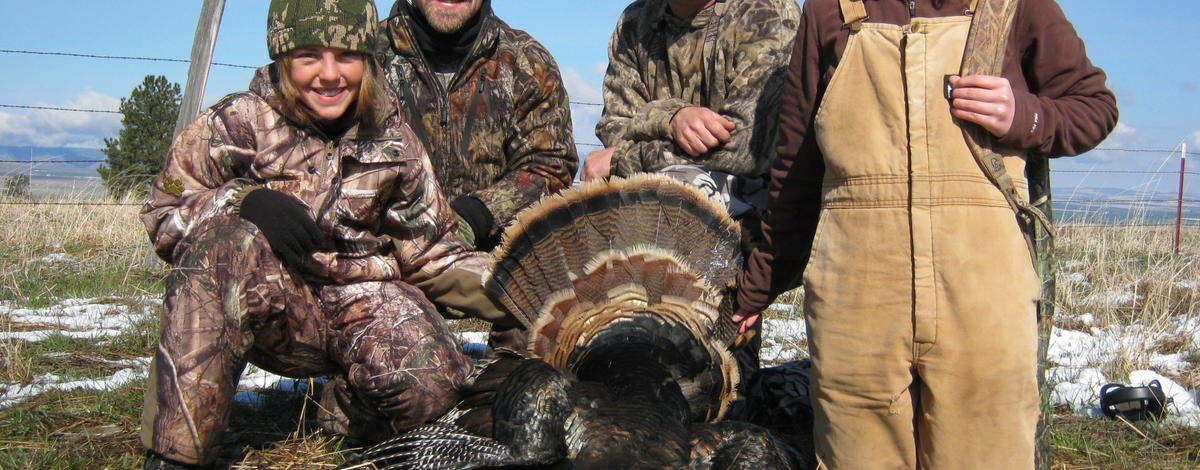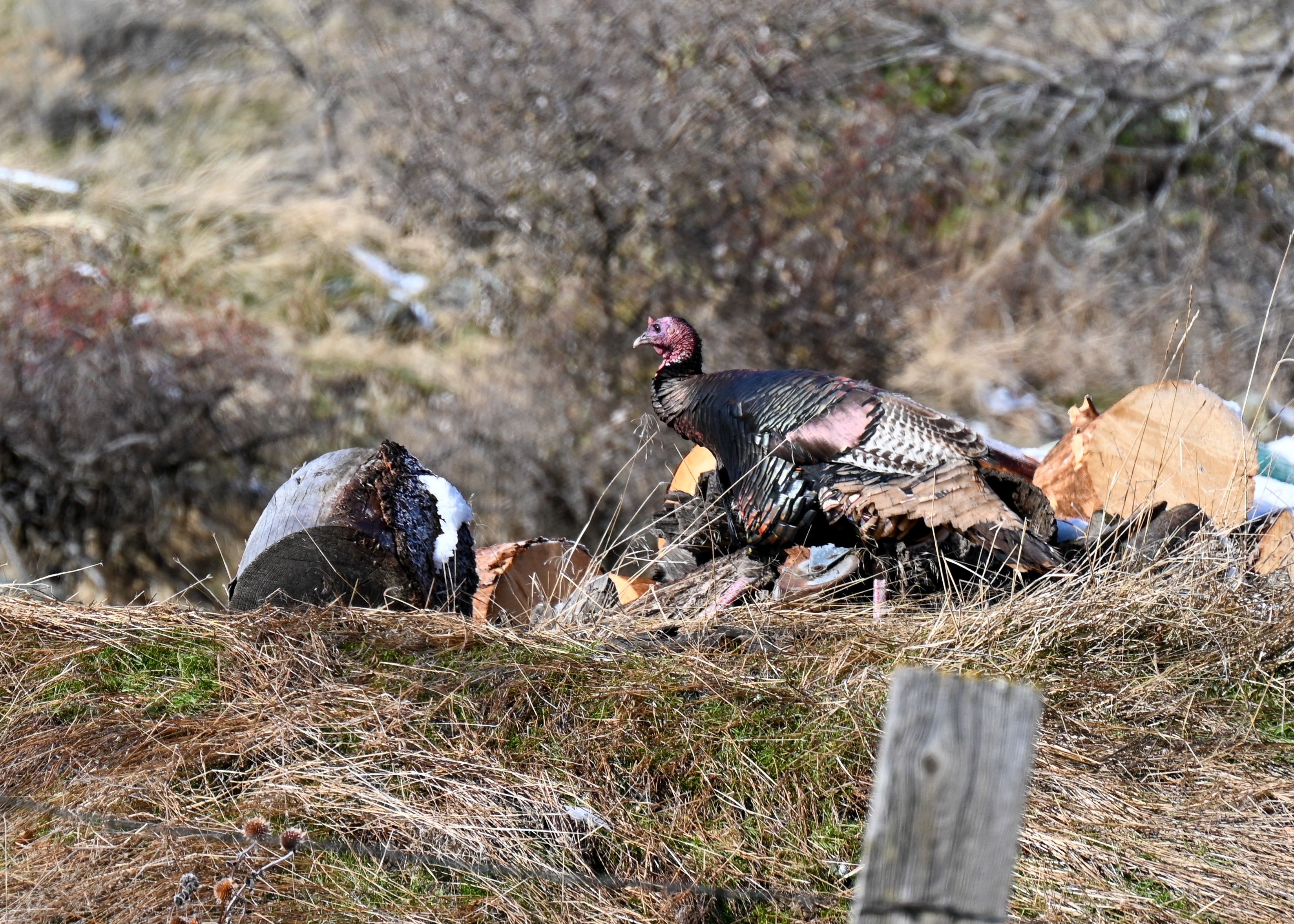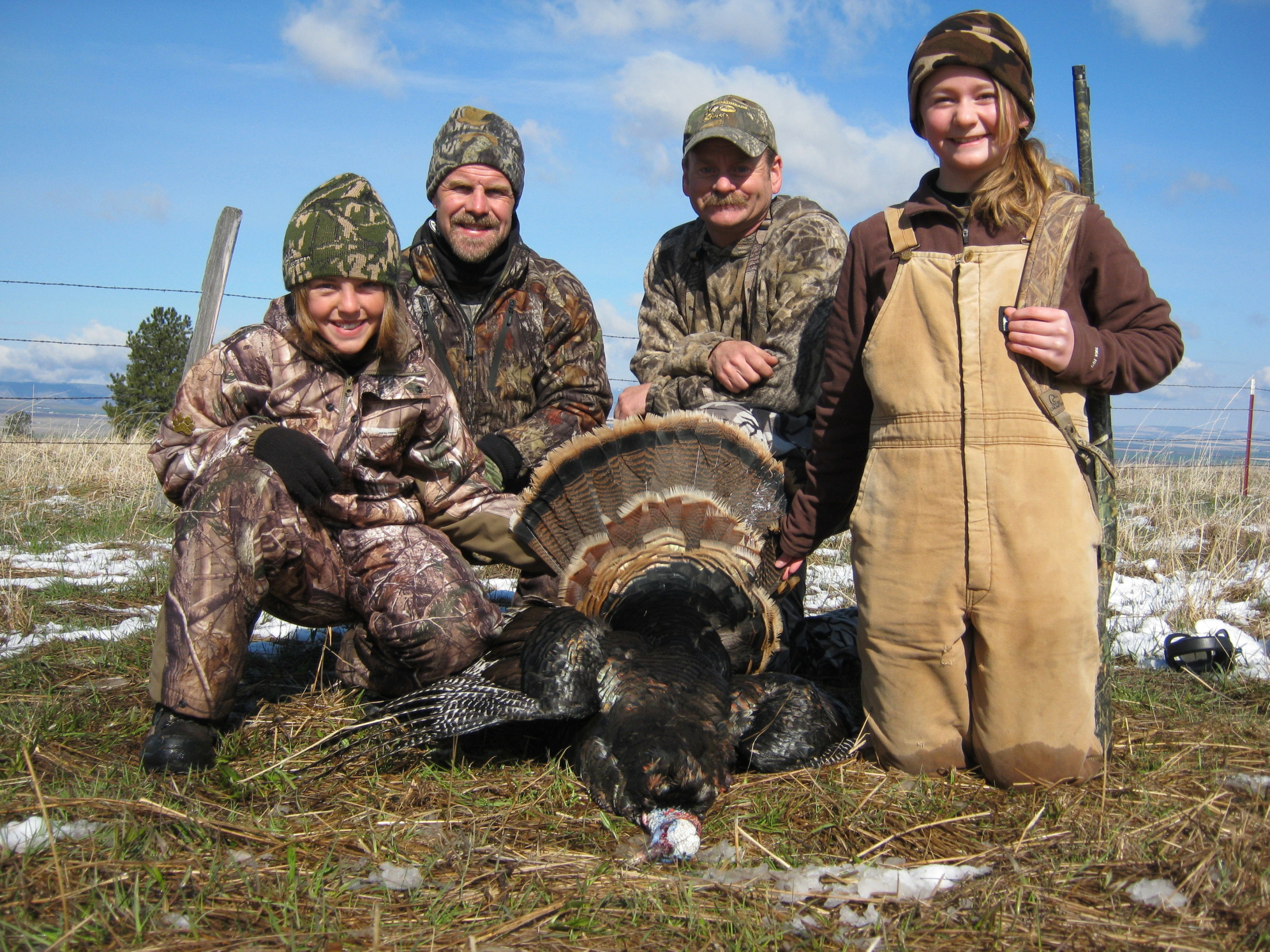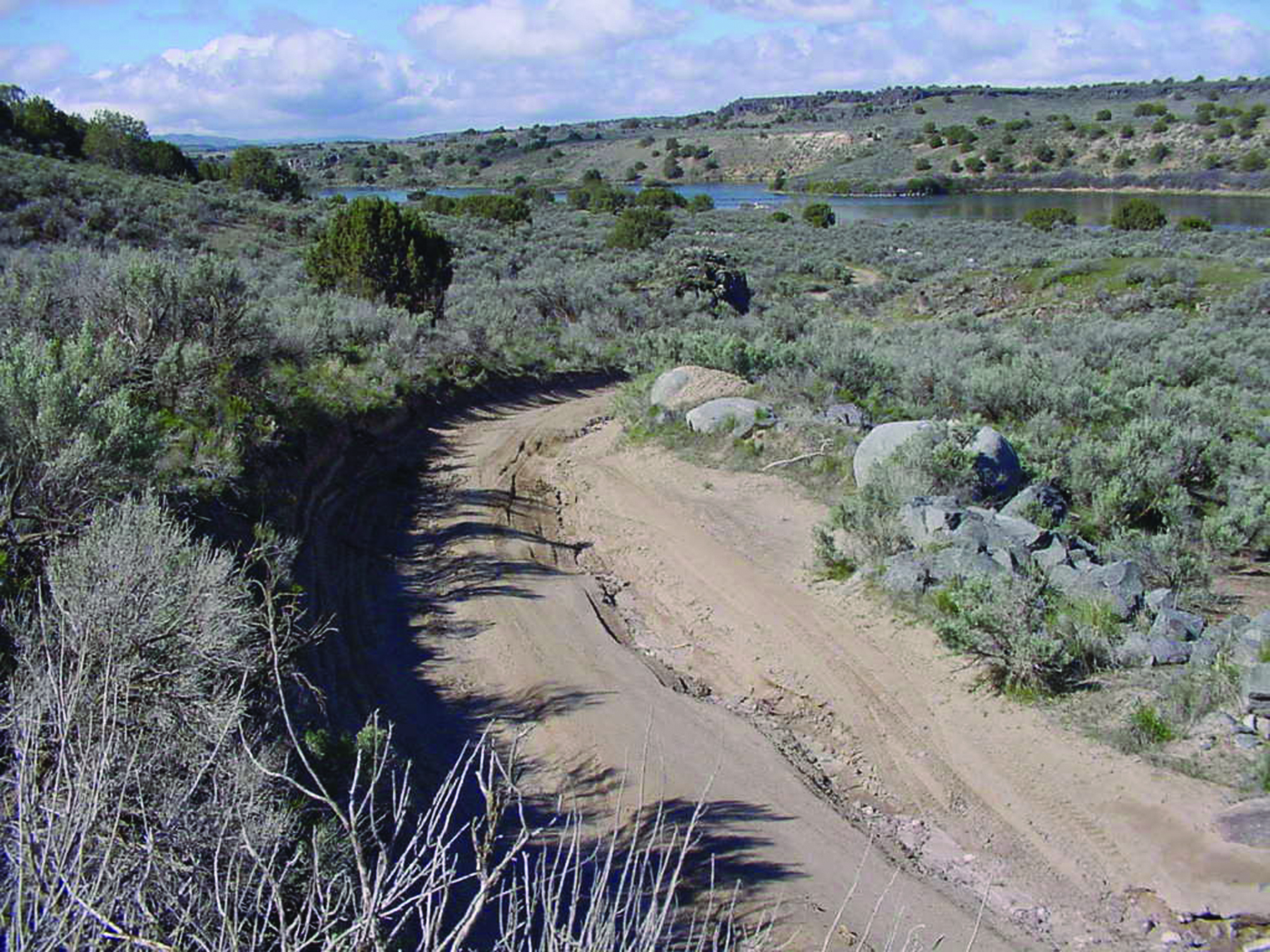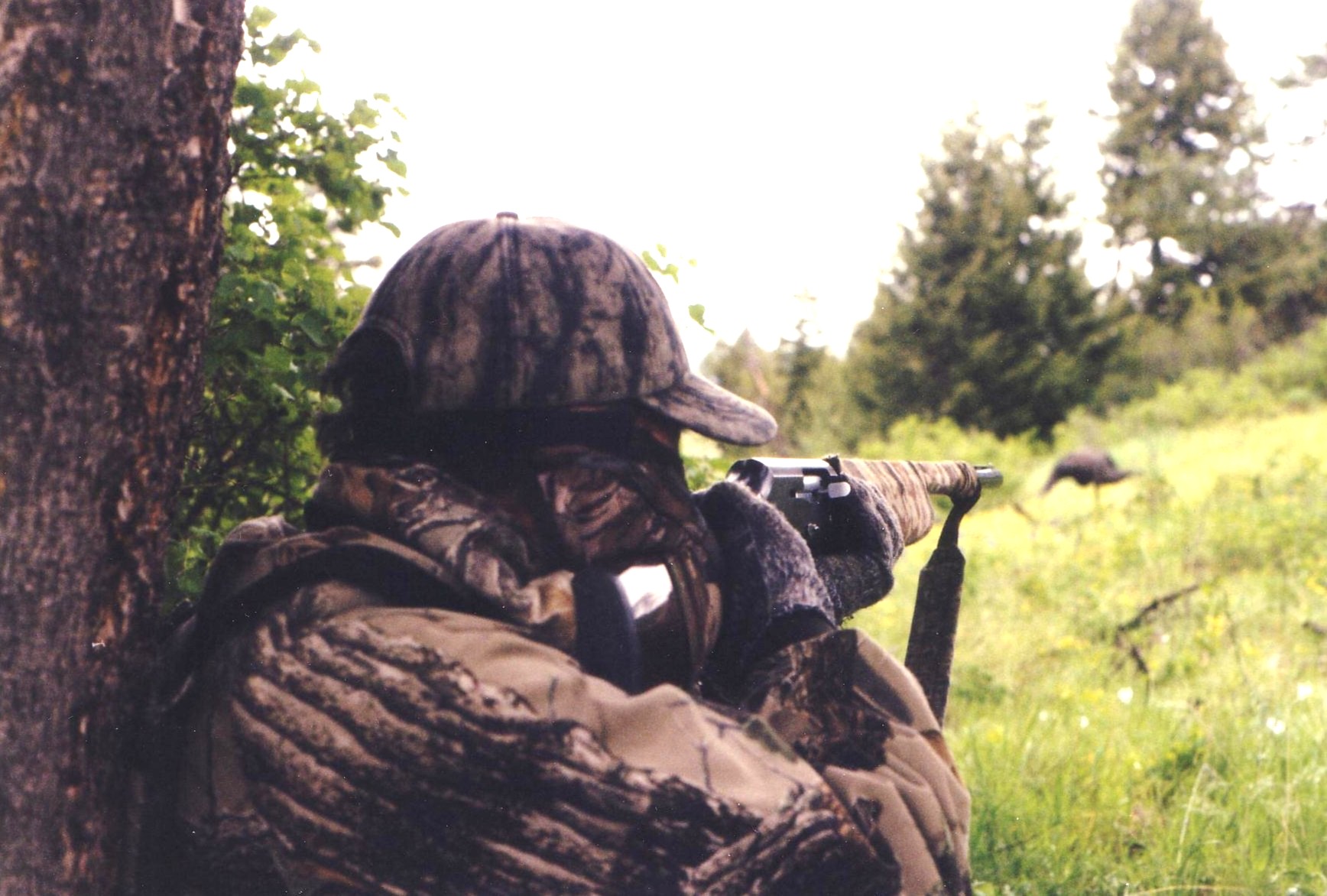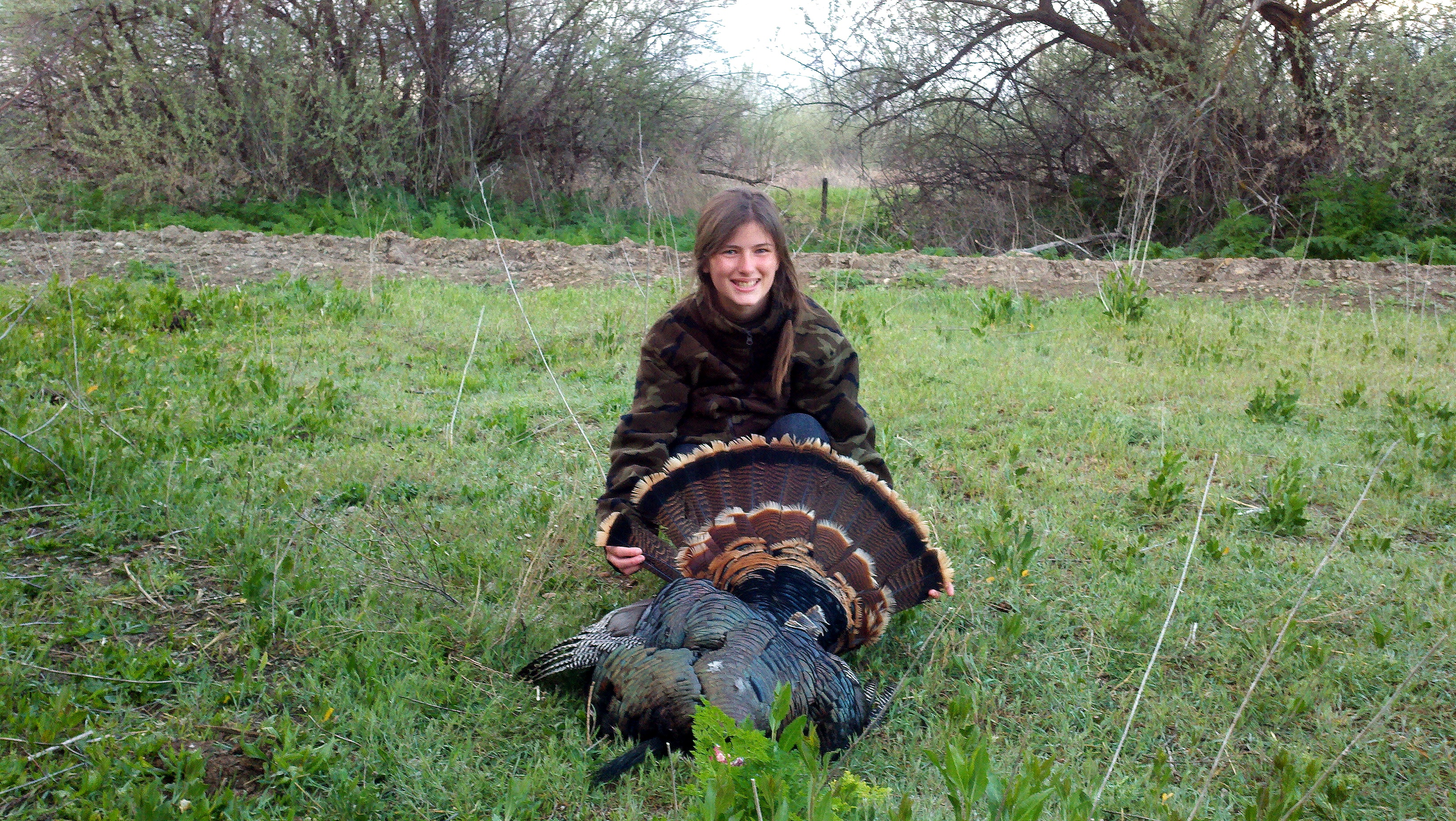Spring turkey hunting season is upon us, despite what the view outside our windows may indicate. This seemingly eternal winter has been one for Idaho’s record books and will no doubt shake up this year’s spring turkey hunt.
That is, however, not a reason to sound the alarm and hang up the shotgun until fall. Fish and Game’s wildlife managers still anticipate a healthy crop of spring turkeys — pun intended — and with a little bit of flexibility and responsible outdoor stewardship, hunters should still be able to get on some birds in the coming weeks.

